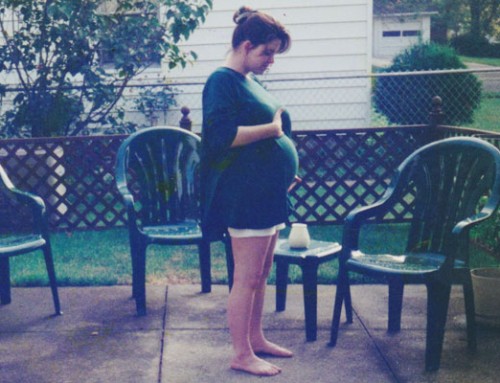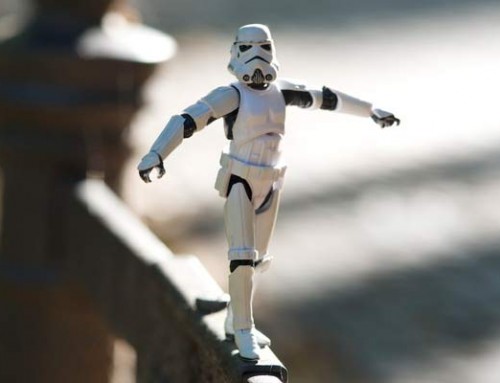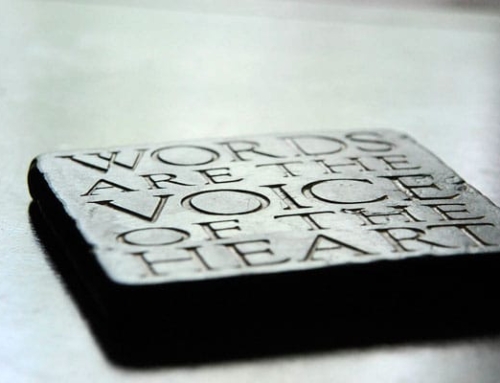Animals and the Ingrained It
Disclosure: This post may contain affiliate links
What's important not to forget is that just because you've been conditioned to believe something doesn't make it true.

What's in this post
By Daria Zeoli, Guest Contributor
Much to my rescue beagle’s joy, there has been a surge in rabbits moving to the neighborhood. Hound that she is, Millie would daily drag my mother or me outside to stalk her prey. One baby moved into the yard next door. And then that baby decided our yard had better prospects. Daily rabbit detail turned into several trips outside each day.
Unfortunately, about a week after the rabbit moved in, she was found dead by a neighbor. (To be clear, Millie was not the perpetrator.)
Several days passed and then a new animal moved in. We found a fledgling sparrow standing in between the spokes of our fence. The sparrow’s parents were nearby, but I knew that without careful planning, Millie would pounce at this baby, not quite ready to fly. I relocated her across the street to a (hopefully) safer place to learn to fly.
I posted about the baby bird on Instagram. Without thinking, I said “it’s” parents.
There are two things wrong with what I said. First of all, its. No apostrophe. Its is the possessive. It’s is the contraction. This is a pet peeve for me; I seriously could get all Ross Gellar in your face over it:
But, beyond grammar, there is a more important error made with what I said. The baby bird is not an it. The baby bird is someone, not something.
This understanding is nothing new; In What Calling Animals “Who” Really Means, Melissa Cronin tells how Jane Goodall called the primates she researched in Tanzania “he” and “she” when writing her first scientific paper – a paper that was rejected for publication, all hes and shes replaced with its. Goodall refused to back down, and her paper was eventually published. Gaetanelle Gilquin and George Jacobs, in their own scientific paper about animal pronouns, described it perfectly:
“In the end, she won a small battle in what was to be an ongoing struggle to tear down, one by one, some of the bricks in the wall of superiority that humans had built to separate themselves from nonhuman animals.”
I’ve been vegan for nearly six years, and I have learned so much in that time about animals and how we treat them. But I can’t forget the thirty years before veganism – the thirty years of indoctrination and status quo that is ingrained in me. My intent as a vegan is never to exploit animals, but calling a bird “it” can easily happen when I don’t give thought to my words, and when I forget that wall of superiority that many work so hard to tear down.
So much of my veganism is informed by an awakening – living an ethical vegan life is living a life of consciousness. I am very aware of how we do and do not consider animals in day-to-day actions. Until I am unaware. And that’s when I fall asleep – not for very long, and not very completely. Call them catnaps, if you like. A catnap allows an ethical vegan to unthinkingly call a baby bird “it.” A catnap is a reminder that falling asleep is never impossible; perhaps it can even serve as a reminder that the non-vegans around us are a product of the same history we are.
Photo: nmahieu





